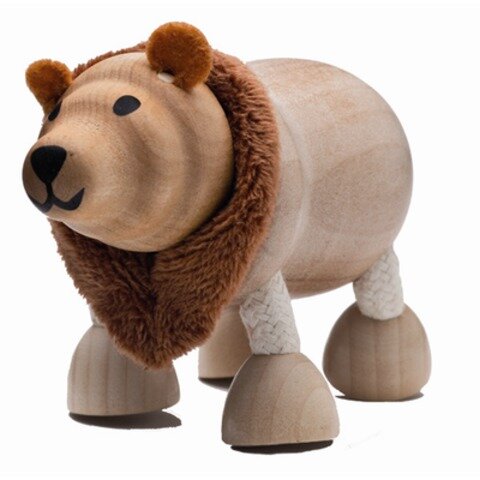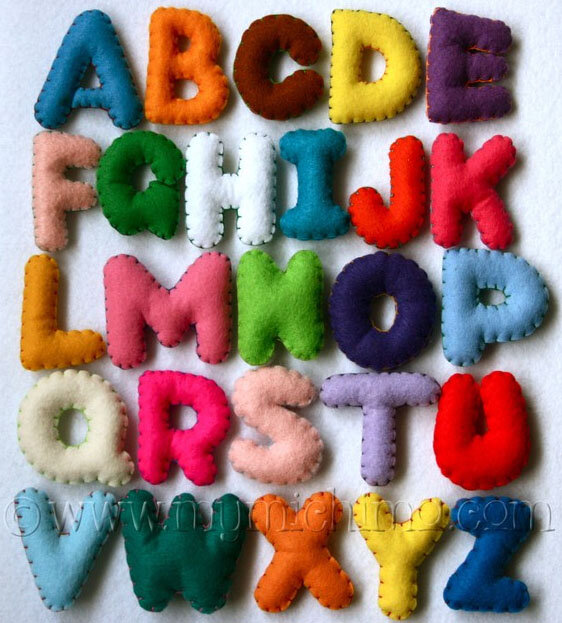The Parent Coach: Toys by Age and Stage
Gift ideas for each stage, including baby, toddler and preschooler
Along with the holidays, comes the desire to give just the right gifts. I just tripped over a truck on my way over to this laptop. I can feel two balls at my feet, my eyes are cast on piles of puzzles. My brain is spinning, trying to figure out just how I will outlive these toys and how I can ever buy just the right gifts for my sons, nieces, nephews and friends’ children.
Desperate for answers that are not pulled out my carol-ringing brain in a toy store, I dug into my piles of research notes on what toys, and not just toys, but what play, is most meaningful at each stage of a young child’s development. Here’s what I am using to pick out the right toys for the many little ones I adore:
1-year-olds
One year olds are on the go! Many toddlers start walking right before or after the first birthday. As explorers they not only motor about, they also enjoy stories, say their first words and love to experiment. They are engrossed in figuring out how the world works. For the sake of ease, the toy list for one year-olds is split into two stages.
12–18 months
Toy keys or a padlock and its keys
Water and bath play toys: bucket, spray bottle
Balls: Inflatable ball 5–6” in diameter, sensory balls
Board books: Real pictures of people and animals in the child’s life
Play telephone or old discarded phone
Child size broom, mop and dustpan
Scarves for peek-a-boo
Large size hand mirror
Stuffed toys
DIY: Collection of different shaped blocks or objects to sort into piles
18–24 months
Ping pong balls to bounce around, especially down stairs
Small wagons, four-wheeled toys
Slides and climbing equipment
Shape sorter
Toys to explore concepts of “cause and effect” like this Miracle Pounder
Toddler-size table and chair
Early puzzles with 2-3-4-5-6 pieces, geometric shape puzzles, puzzles with knobs
Picture books that tell a story ideally with 1–3 sentences per page. My toddler loves the Gossie and Friends series.
Musical instruments including drums, shakers or a Kalimba
Large sketch book, easy-to-hold pencils, chubby paint brushes and other toddler-friendly art materials
DIY: Dollhouse
2-year-olds
By the second birthday, a toddler starts to put phrases together and graduates to simple sentences. Language learning is a highlight of this age. Two year-olds engage new physical activities: jumping from heights, climbing, hanging by their arms, rolling and rough-and-tumble play. They have good control of their hands and like to do things with small objects. As a toddler nears preschool age, she grows a vivid imagination and dives into dramatic play.
Dramatic play with costumes, scarves, cardboard boxes, umbrellas
A doll that is realistic and culturally relevant to your values
Early board games like Roll and Play
Foster an eye for details with books: I Spyfollowed by Where is Waldo, 1001 Things to Spot at Christmas
A wagon to fill up with toys, sand, groceries and more
Gardening toys
Sand play toys
Counting games or toys
Graduate the musical instruments with a Ukulele
Easel, large drawing paper, brushes and tempera paints or watercolors. For an eco-friendly and Zen doodling experience check out the Buddha board
A tricycle or scooter – something with three or more wheels
A whole range of building blocks including magnetic blocks, Dado cubes, Kapla blocks
3- to 5-year-olds
Age three marks the start of preschool. Preschoolers have longer attention spans, they ask a lot of questions, love to play with their friends and hate to lose! Make believe, explorations with increasingly sophisticated fine motor skills including visual arts, construction and an interest in problem solving are the highlights of this stage.
Puzzles with 12-20+ pieces
Card games like Pile It, Go Fish, Uno for 4–5 year olds
Board games like Chutes and Ladders, Plot Four, Blokus and Scrabble Junior
Construction sets like Legos, Domino Race Set
Transportation toys
Art supplies can now be extended to include scissors and modeling clay
Science, Technology, Engineering and Math (Yes, STEM toys for preschoolers!): Bedtime Math, Tangoes, Hexbug Playset (an introduction to robotics)
Picture books with stories that explore anti-bias around gender, race, disability, culture
Rhythm instruments and keyboards
Balls and bats, a baseball mitt
DIY Puppets: Make puppets with photographs of family members
DIY: A homemade tinkering kit that includes masking tape, straws, popsicle sticks, twine, buttons, corks, takeout Tupperware and silverware, skewers, rubber bands, discarded business cards, old CDs, old magazines and fabric scraps for collage
After all my research, when my husband recently embarked on a last minute business trip, I couldn’t recommend an apt toy for our nephew. As I sweated the fact that his beloved uncle would walk into the house without a gift, I paused and realized that the little fellow would probably be most happy with many hours of his uncle’s time. I kissed my husband bye with a whisper, “Don’t sweat the gift, and spend a whole morning with him, just you and him. Arrange your work so you can do just that!” And he did.
I wish you much leisurely time with the little ones that you will be taking gifts to.
Blog post written for ParentMap and fist published in Dec 2014 on parentmap.com
Posted by



